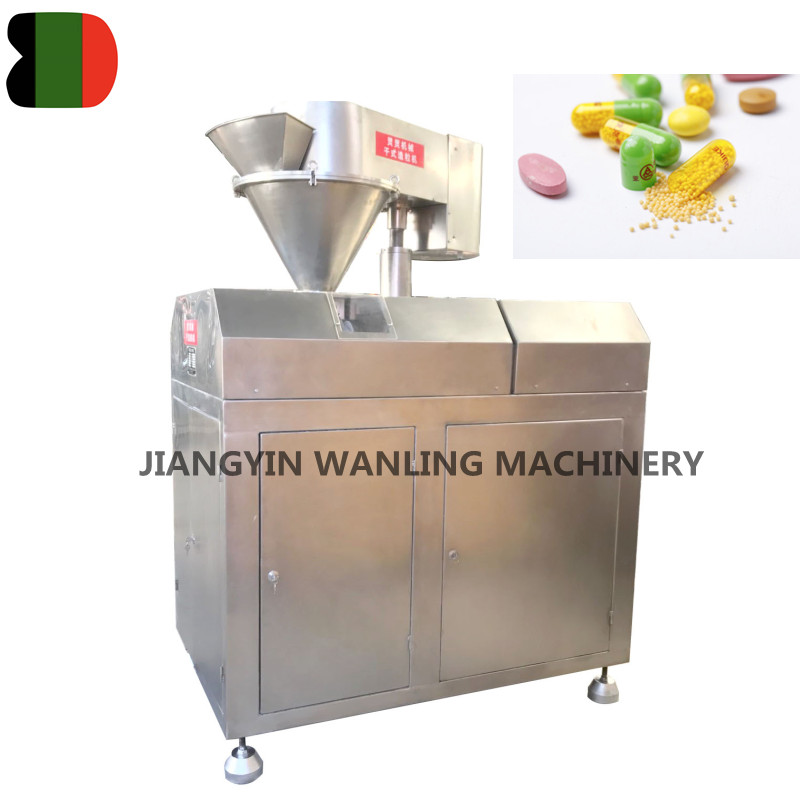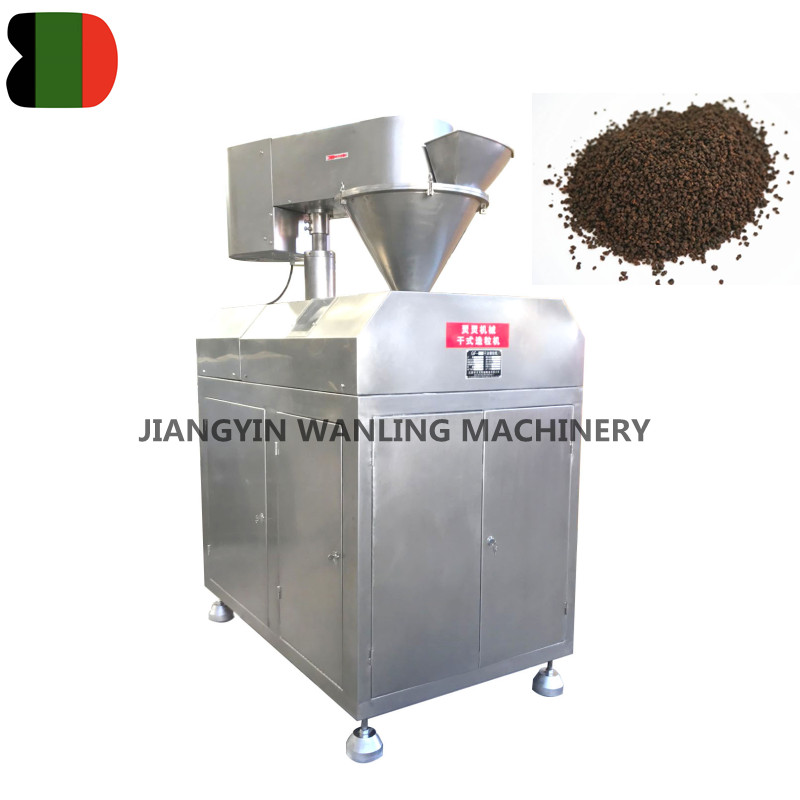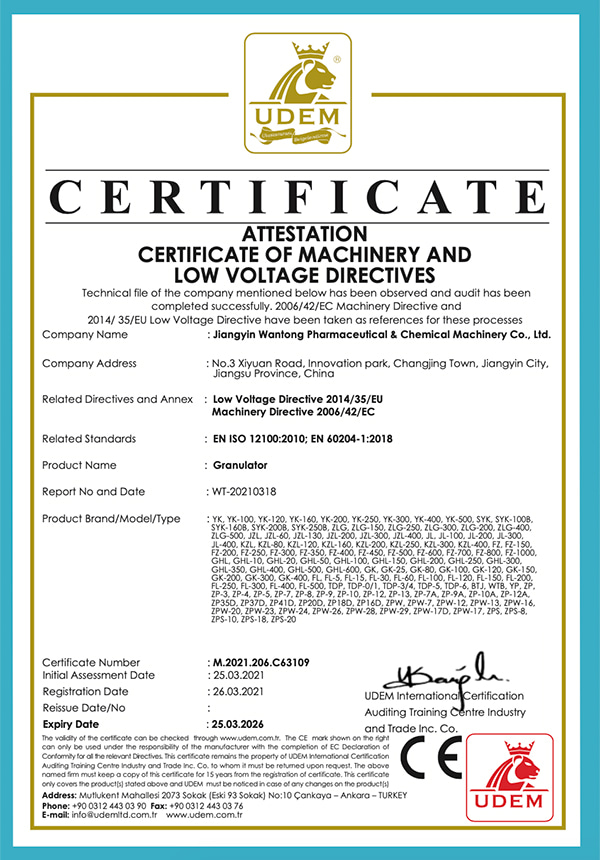Dry Granulator Manufacturer
-

WGK Chemical Granule Making Dry Granulator Machine
The chemical dry granulator can make granules directly from the target material using the crystal water in the material. The finished granul... -

WGK Industrial High Pressure Dry Powder Granulator Granule Making Machine
Dry granulation process: Creates granules directly from the material using its inherent moisture content. Finished product: Troches, capsule... -

WGK dry granulator roller pressing granulation machine
WGK dry granulator machine is a new equipment to make granules directly from the target material using the crystal water in the material. Th...
Dry granulator can be made into granules and tablets, used as granules, capsules, etc. Mainly used for granulation in pharmaceutical, food, chemical and other industries. Especially suitable for granulation of materials that cannot be solved by wet methods. It is suitable for industries such as pharmaceuticals, food, and chemicals. Dry granulator is a new equipment that directly converts dry powder into particles, with a reasonable structure, stable and reliable performance, and convenient cleaning and maintenance.

About Us
Honor
-
 Honor
Honor -
 CE
CE
News
-
Industry News 2025-12-12
How to Choose the Right Ribbon Blender for Powder and Granule Mixing Choosing a ribbon blender for ...
View More -
Industry News 2025-12-07
Introduction: The Versatile Workhorse of Size Reduction In the vast landscape of industrial processi...
View More -
Industry News 2025-11-24
The Importance of Efficient Mixing in Powder Processing In powder processing, achieving a uniform an...
View More -
Industry News 2025-11-18
A rapid mixer granulator is a high-shear wet granulation system widely adopted in pharmaceutical man...
View More
Industry Knowledge Expansion
How does a dry granulator achieve the granulation of dry powders without the use of a binder?
A dry granulator achieves the granulation of dry powders without the use of a binder through a mechanical process that involves compaction and size reduction. Here's a step-by-step explanation of how this is typically done:
Feeding: Dry powders are fed into the granulator. The powders can be a variety of materials, such as pharmaceutical excipients, food ingredients, or chemical compounds.
Compaction: The dry granulator uses a roller or a series of rollers to compress the powders. The pressure applied by the roller causes the particles to stick together, forming larger clumps or compacted masses.
Breaking: After compaction, the larger clumps are then broken down into smaller granules. This can be achieved through various methods, such as:
Impact: Using a cutting or crushing mechanism to break the compacted mass into smaller pieces.
Shear: Applying a shearing force to the compacted mass, which can be done by rotating blades or discs that cut through the material.
Screening: The granulated material is then passed through a screen or sieve to separate the desired granule size from oversized particles. The oversized particles can be recycled back into the granulator for further processing.
Classifying: In some cases, a classifier may be used to ensure that the granules are of a uniform size. The classifier can separate the granules based on their size and density, allowing only the desired granule size to pass through.
Drying: If the granulation process introduces moisture or if the powders are hygroscopic, a drying step may be necessary to remove excess moisture and ensure the stability of the granules.
Cooling: If the process generates heat, a cooling mechanism may be used to maintain the optimal temperature for granulation and to prevent degradation of heat-sensitive materials.
Mixing: In some cases, the dry granulator may also have a mixing function to ensure that the powders are evenly distributed before compaction and granulation.
Automation and Control: Modern dry granulators often come with automated controls that allow for precise adjustments to the compaction force, screen size, and other parameters to achieve the desired granule characteristics.
By using mechanical forces to compact and then break down the powders, a dry granulator can effectively granulate dry powders without the need for a binder. This process is particularly useful for materials that are sensitive to moisture or where the addition of a binder would be undesirable.



 Español
Español
